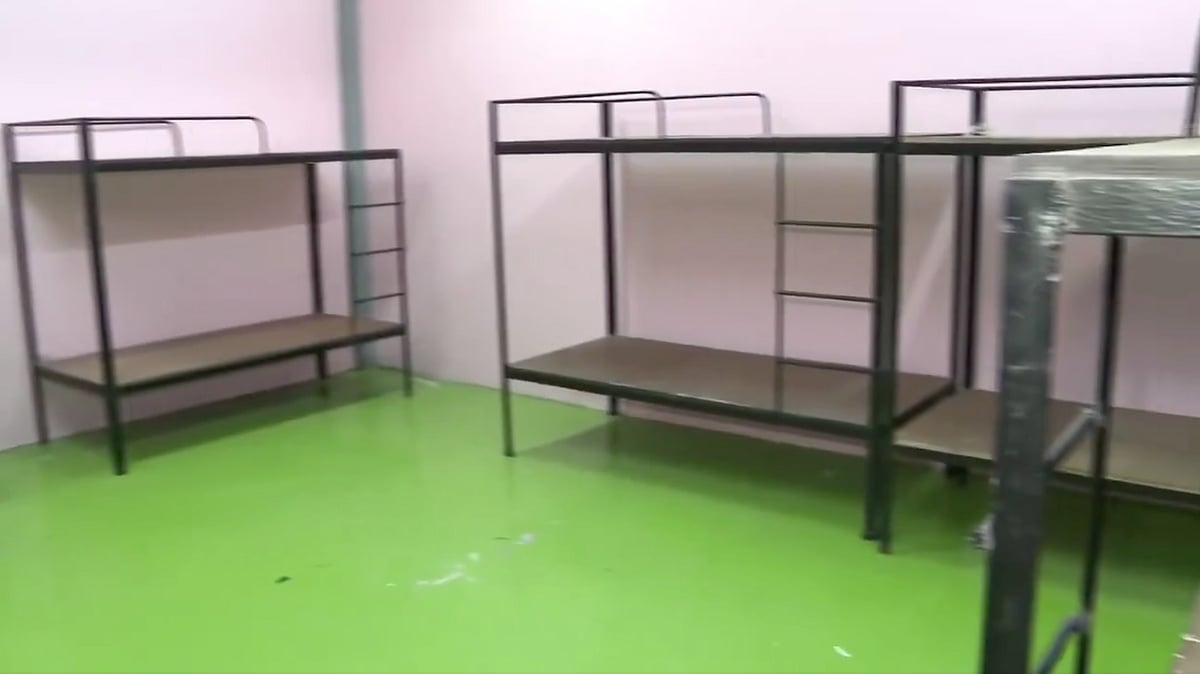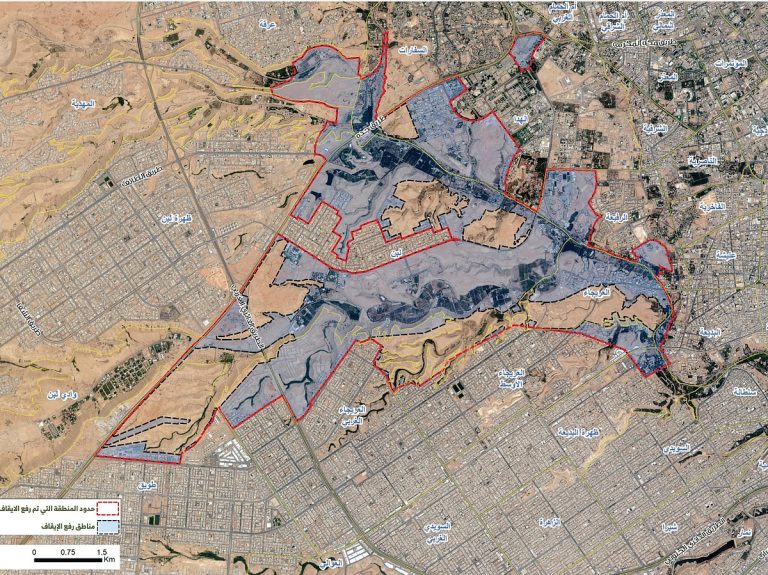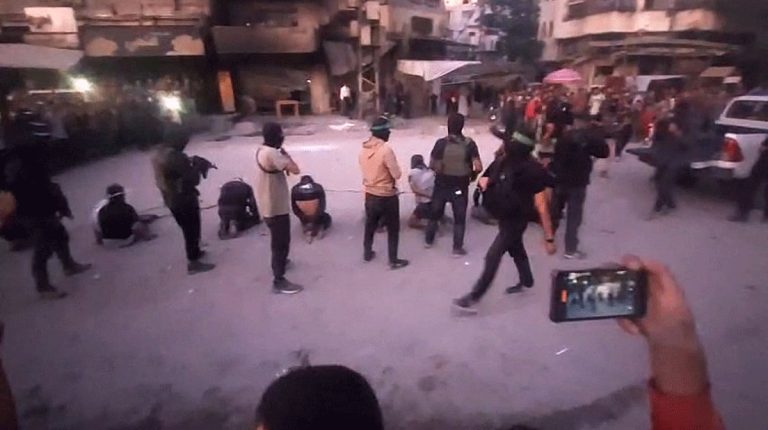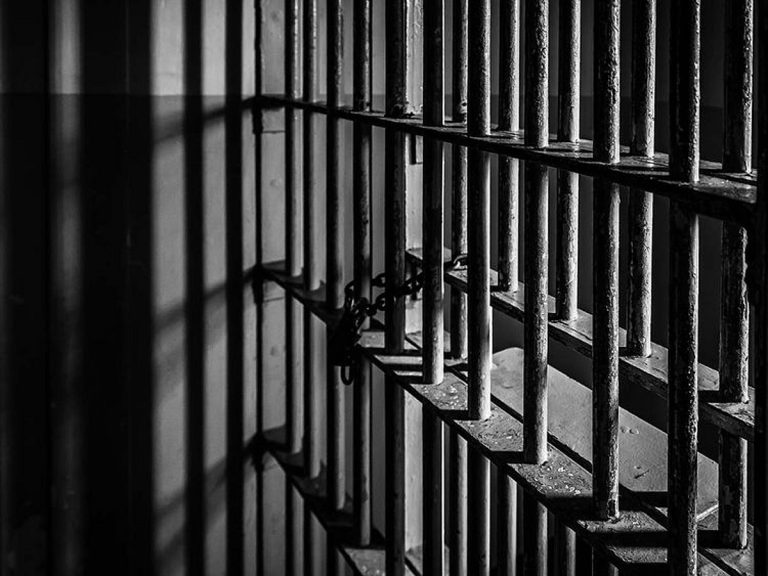Manila Opens New Jail for Corruption Suspects Amid Investiga
The Philippine government is taking significant steps to address the growing concerns surrounding corruption in flood control projects. With a new detention facility ready to accommodate those indicted in these cases, authorities aim to demonstrate their commitment to accountability and justice. This move comes in response to public outcry over widespread corruption and the need for effective measures to combat it.
New Detention Facility
The newly constructed Quezon City Jail, located in Payatas, is designed to hold up to 800 detainees. This facility is strategically positioned near the Sandiganbayan, the country’s anti-graft court, making it a practical choice for housing individuals involved in corruption cases. Interior and Local Government Secretary Jonvic Remulla emphasized that the jail is prepared to accommodate a significant number of suspects, potentially up to 200, as investigations progress.
Features of the Facility
Each dormitory within the jail is designed to house ten individuals, ensuring that the facility can manage its population without overcrowding. The jail includes several essential amenities aimed at supporting the well-being of detainees:
– **Laundry Area**: A dedicated space for washing clothes. – **Chapel**: Available for religious services and spiritual support. – **Visitation Area**: Regulated family visits, allowing relatives to bring cooked meals. Private cubicles for lawyer-client consultations are also being constructed. – **Exercise and Recreation**: Outdoor areas designated for physical activity and fresh air. – **Medical Services**: On-site access to basic healthcare, aligning with broader efforts to humanize detention conditions.
These features reflect a commitment to maintaining humane standards within the justice system while preparing for the influx of detainees.
Ongoing Investigations
The Department of Justice (DOJ) has been actively building cases against individuals implicated in the corruption scandal. In mid-October, the DOJ submitted collated fraud audit reports to the Ombudsman, marking a crucial step in the criminal case-building process. Senior DOJ officials anticipate that multiple complaints will be filed, potentially implicating around 200 individuals.
Malacañang, the presidential palace, has reiterated its readiness to detain anyone found guilty of corruption linked to flood-control projects. However, officials caution that investigations are still ongoing, and some charges may involve bailable offenses. This highlights the complexity of the legal process and the need for thorough investigations before any detentions occur.
Public Response and Accountability
The public’s reaction to the government’s actions has been mixed. While many citizens welcome the establishment of a new detention facility as a sign of progress, there are concerns about the pace of justice. Analysts have pointed out that complex graft cases often take time to navigate through preliminary investigations and court proceedings.
Business groups and civil society organizations have called for greater accountability, asset recovery, and reforms to procurement and oversight systems. The government’s commitment to coordinating evidence gathering and case referrals is a step towards addressing these concerns.
Logistics and Future Steps
As the investigations continue, the announcement of the new detention cells signifies a pivotal moment in the fight against corruption. Authorities are not only preparing the legal groundwork but also ensuring that the necessary infrastructure is in place to hold those accused of wrongdoing. This proactive approach aims to reassure the public that the government is ready to take action if prosecutors secure indictments.
The Quezon City Jail is designed to be a model for modernizing detention facilities across the country, pending budget approval. Secretary Remulla has highlighted the importance of ensuring that the facility operates without overcrowding, which is crucial for maintaining humane conditions for detainees.
FAQs
What is the purpose of the new detention facility in Quezon City?
The facility is designed to house individuals indicted in corruption cases related to flood control projects, ensuring that the government is prepared to detain those found guilty.
How many detainees can the Quezon City Jail accommodate?
The jail has a capacity of 800 detainees, with each dormitory designed for ten individuals to prevent overcrowding.
What amenities are available for detainees at the new facility?
The jail includes a laundry area, chapel, visitation area, exercise and recreation spaces, and on-site medical services to support the well-being of detainees.
Conclusion
The establishment of the new Quezon City Jail marks a significant step in the Philippine government’s efforts to combat corruption in flood control projects. As investigations unfold, authorities are preparing both the legal framework and the necessary facilities to ensure accountability. The public will be watching closely as the situation develops, hoping for swift justice and meaningful reforms.
Also Read:
New Jail Facility for Corruption Suspects Opens in Manila
Recovery Efforts in Alaska After Typhoon Halong’s Damage







